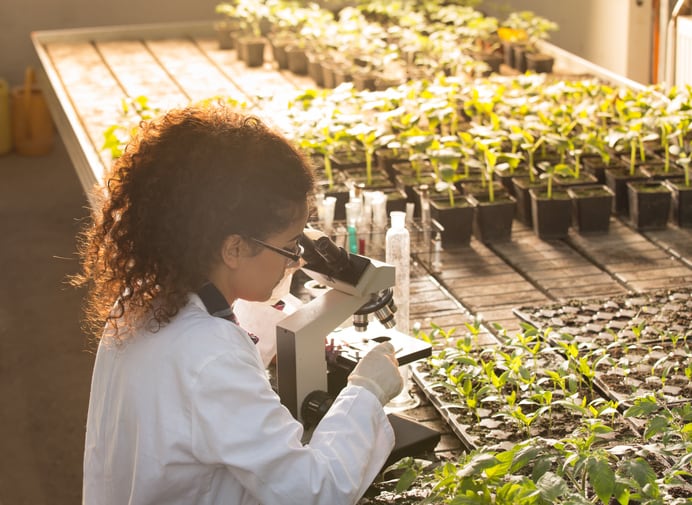In 2019, the global squalene market was worth €109.1m (US$129m) and over the next five years was forecast to grow at a CAGR of 7.3%, hitting €155.7m (US$184m) by 2025, according to a Squalene Market report from MarketsandMarkets.
Squalene – traditionally sourced from shark liver oil, with vegetable-sources now widely available – was used in a wide range of cosmetic and personal care applications, including skin care creams and coloured cosmetics; touted for its anti-ageing, anti-inflammatory and moisturising properties.
European cosmetics to drive squalene demand and use
Globally over the next five years, ahead of pharmaceuticals, cosmetics would continue to account for the largest share of the overall squalene market in value terms, the report said, and Europe would maintain its top spot as the largest user of the ingredient “due to the strong foothold of the key cosmetics product manufacturers and high demand for premium beauty products”.
“…The high-spending power of consumers and the increasing demand for luxury products will continue to drive the squalene market in the region during the forecast period,” MarketsandMarkets said, despite a drop in European beauty sales due to COVID-19.
France accounted for the largest squalene demand in the region, followed by Germany, the UK, Italy and Spain, and across Europe, the market would continue its shift from animal-sourced squalene to vegetable-sourced squalene.
Biosynthetic innovation to propel market forward
Parag Shah, associate research manager for chemicals and materials at MarketsandMarkets Research, said as developed nations across Europe continued to restrict shark fishing and companies sought out commercially viable renewable sources, biosynthetic or hydrogenated squalene (known as squalane) would gain importance.
According to MarketsandMarkets, biosynthetic squalene was expected to be the fastest-growing segment in value terms over the next five years, though Shah told CosmeticsDesign-Europe demand for vegetable-based squalene, such as olive, would remain high.
“The cosmetic manufacturers, including Lancôme, L’Oréal, Unilever, and Sisley highly prefer biobased ingredient in their products, which is expected to drive the demand for vegetable-based squalene during the forecast period,” he said.
Moving forward, however, innovation efforts in biosynthetic squalene from new sources would continue.
US biotech firm Amyris had already developed technology to directly produce squalane from sugarcane, Shah said, and other firms and specialists were investigating other sources. Scientists at Texas A&M University, for example, had worked with squalene specialist SynShark on the development of a squalane from tobacco crops.
“Various companies are trying to innovate with new techniques for squalene production with sugarcane, and other sugar-containing biomaterials have been identified as sources for producing squalane,” he said.
Increased competitiveness, better pricing and availability
Advances in the field along with subsequent commercial launches would therefore propel the market even further in cosmetics, he said, bringing “more competitiveness into the market, in terms of pricing and supply, thereby benefitting end users”.
Current pricing of squalene, he said, remained volatile with new restrictions on shark fishing and vegetable-sources providing very low concentrations of the ingredient, thus requiring large amounts to be used.
*This article has been amended on August 31 to reflect that demand for vegetable-based squalene is also set to rise in the next five years, particularly in Europe. Biosynthetic squalene, however, is still predicted to be the fastest-growing segment in value terms.


